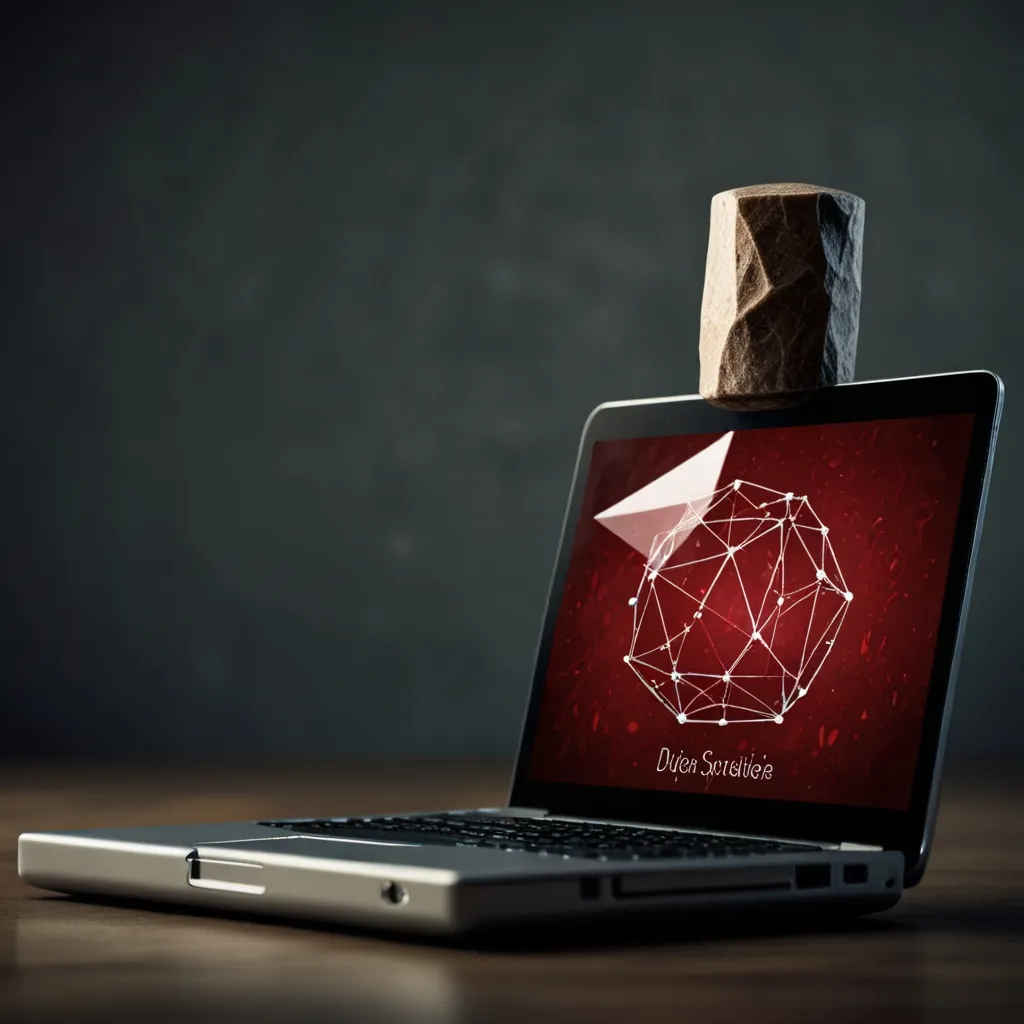When it comes to building strong and easy-to-manage Java EE web applications, Apache Struts is the go-to framework. It’s an open-source gem that’s been around for years, and it still holds its ground due to its straightforward design, versatility, and a heap of features. One of the main reasons for its lasting popularity is how it sticks to the Model-View-Controller (MVC) architecture, and let me tell you, the toolkit it offers is quite impressive.
So, what exactly is Apache Struts? Unlike something like Tomcat (which is a server), Apache Struts is specifically a web application framework. It’s there to make life easier for developers by helping them whip up dynamic web apps using Java. The framework builds upon the Java Servlet API, extending it to give a more organized route to web development. At its heart, Struts is all about the MVC pattern, splitting your application logic into three key areas: Model (your data and business logic), View (the presentation layer), and Controller (handling the requests and directing them to the right places). This neat division simplifies managing large web applications, keeping everything tidy and maintainable.
Now, let’s break down the main components of Struts.
The Controller in Struts is the big boss sorting out HTTP requests and sending them to the right actions. Typically, a servlet plays the role of this front controller, doing all the heavy lifting. The Model encompasses the business logic and data, usually implemented with JavaBeans or other Java classes. The View is where things get flashy—it’s your presentation layer, most often using JSP (JavaServer Pages) or similar technologies to render the user interface.
Getting rolling with Struts involves a few simple steps:
First, you need to download and install Struts. Grab the latest version from the Apache Struts website. The package you download has everything you need—the framework’s libraries, some solid documentation, and example applications to get you started.
Next, you’ll want to set up your IDE. Whether you prefer Eclipse, IntelliJ IDEA, or NetBeans, make sure it includes the Struts libraries and start a new web project. Then comes creating your configuration file, usually named struts.xml. This file is your app’s blueprint, where you map URLs to actions and link them to the appropriate views.
Speaking of configuration, the struts.xml file is the backbone of any Struts application. Here’s a little example:
<struts>
<package name="default" extends="struts-default">
<action name="hello" class="com.example.HelloAction">
<result name="success">/hello.jsp</result>
</action>
</package>
</struts>
In this snippet, the action named “hello” is linked to the HelloAction class. When triggered, this action runs the business logic in this class and forwards the result to hello.jsp for display.
Action classes in Struts are where you place your business logic. These classes extend the Action class from Struts and override the execute method to carry out the necessary operations. For example:
public class HelloAction extends ActionSupport {
@Override
public String execute() {
// Business logic here
return "success";
}
}
Then, the view layer—typically a JSP file—receives the result and shows the right page to the user. Here’s what a simple JSP page might look like:
<%@ taglib prefix="s" uri="/struts-tags" %>
<html>
<body>
<h1>Hello, World!</h1>
</body>
</html>
Validation is another powerful feature of Struts. The framework makes sure user input is spot-on before processing it, saving you tons of headaches. You can do this using Struts’ built-in validation tools or integrating other validation libraries. Let’s see how you could validate a user form:
public class UserAction extends ActionSupport {
private String username;
private String password;
// Getters and setters
@Override
public void validate() {
if (username == null || username.isEmpty()) {
addFieldError("username", "Username is required");
}
if (password == null || password.isEmpty()) {
addFieldError("password", "Password is required");
}
}
@Override
public String execute() {
// Business logic here
return "success";
}
}
Internationalization is a breeze with Struts too. The framework supports multiple languages through resource bundles and JSP tags, making it easy to create global-ready applications.
One of the standout features of Struts is its extensibility. It’s designed to be highly adaptable, with a plugin-oriented architecture. You can easily add new functionalities, whether to support REST, AJAX, or JSON. This flexibility makes Struts a great fit for various development needs.
The community surrounding Apache Struts is like a big, supportive family. With a host of developers always pushing the framework forward and providing support, you’re never left hanging. The Apache Software Foundation looks after the project, ensuring it stays open-source and free to use. This backing is priceless for newcomers and seasoned pros alike, offering a treasure trove of resources, including comprehensive documentation, tutorials, and forums.
In summary, Apache Struts is a powerhouse of a framework for building Java EE web applications. Its strict adherence to the MVC architecture, robust toolset, and stellar community support make it an ideal choice for developers aiming to create solid, maintainable web apps. Whether you’re a veteran coder or just dipping your toes into Java development, Struts streamlines the process, boosts your productivity, and enhances the quality of your applications.






